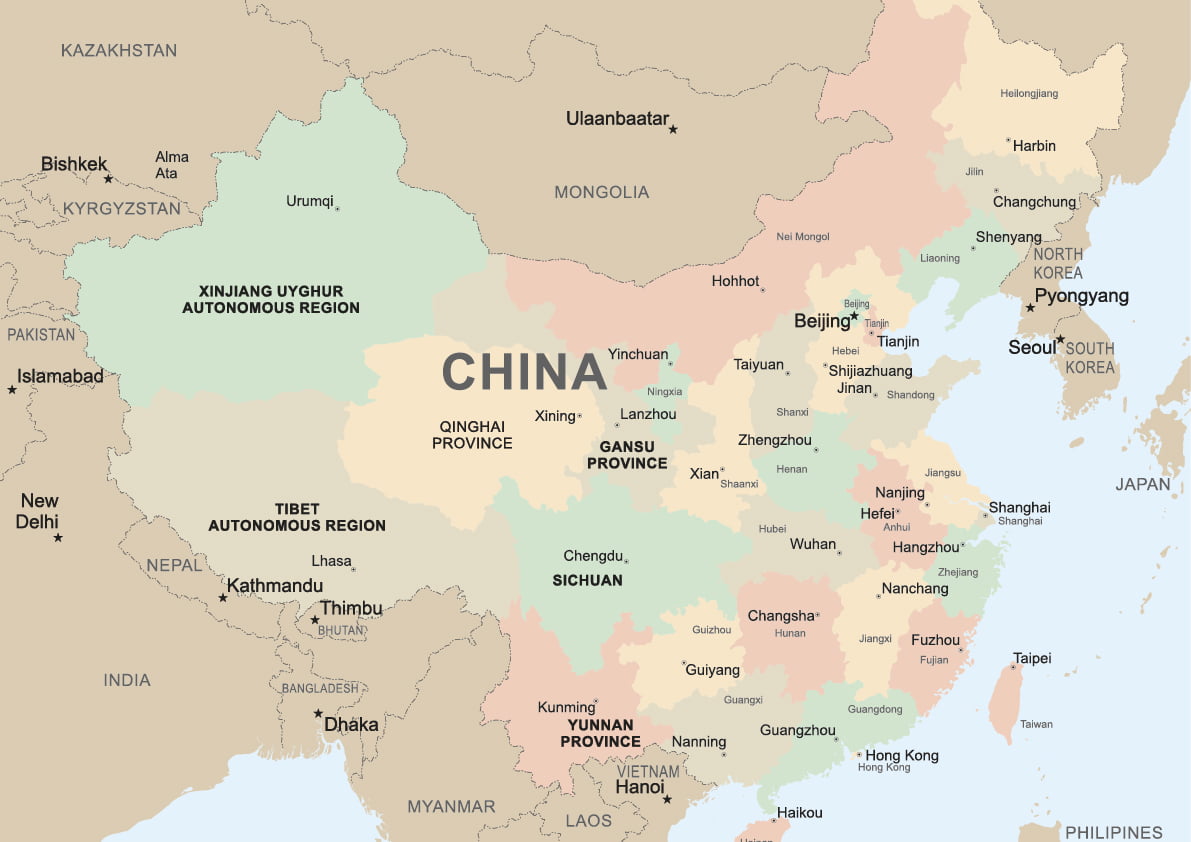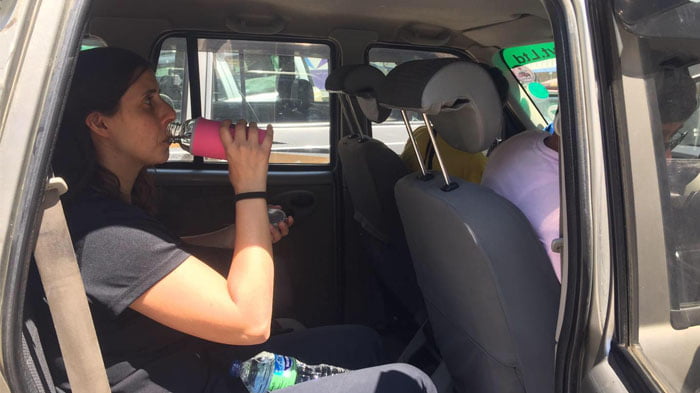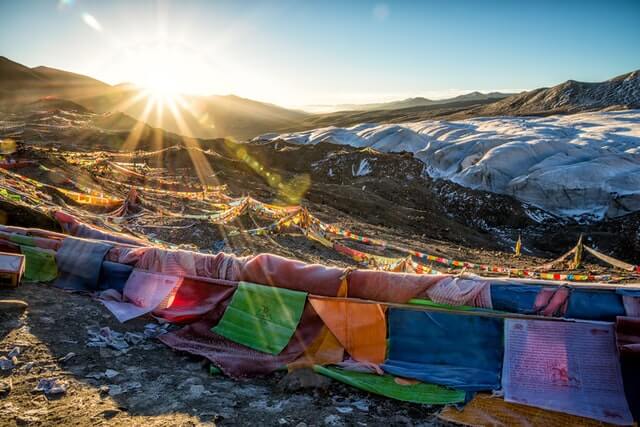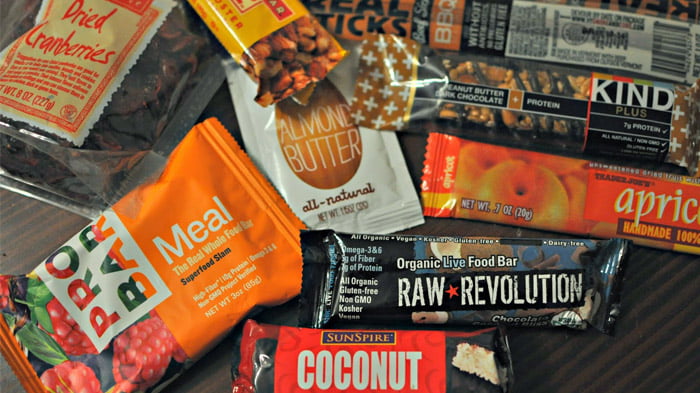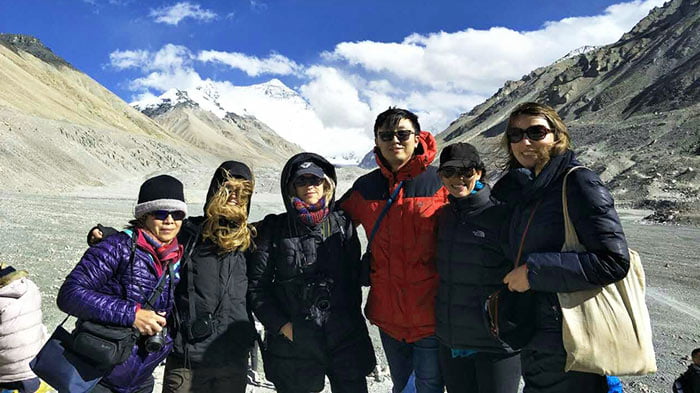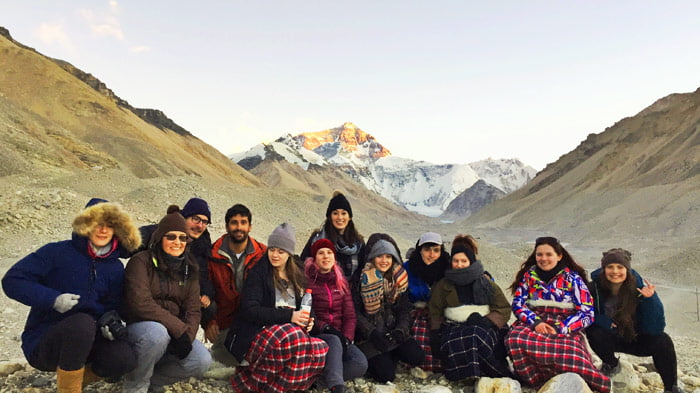For any tour of Tibet, you will need to have local currency. And unlike most locations around the world, paying for things in Tibet has its own rules, many of which are unlike anything you may have seen before in other Asian countries. Money in Tibet was not used much in the early years of the Tibetan Empire, and throughout history, bartering has been the main method of buying goods and services in Tibet. The only currencies that were used were from other countries, such as Nepal, and it was not until the 18th century that coins were mass-produced in the region. For today’s travelers, it’s fairly easy to cash (RMB) to shop or other personal expenses in Tibet.
What kind of money to use in Tibet right now?
The modern currency in Tibet is the Chinese Yuan (often written as “CNY”), otherwise known as the Ren Min Bi (RMB). Currency comes in denominations of 0.1, 0.2, and 0.5 RMB bills (or 1, 2, and 5 Mao), as well as in denominations of 1, 2, 5, 10, 20, 50, and 100 RMB bills.
ATM
Several ATMs in Lhasa and Shigatse and even as far afield as Ali accept foreign cards. The Bank of China accepts Visa, MasterCard, Diners Club, American Express, Maestro, Cirrus and Plus. The Agricultural Bank accepts Visa, Plus and Electron. Check before trying your card as many ATMs can only be used by domestic account holders.
The maximum amount you can withdraw per transaction is around Y2000. Cards are occasionally eaten, so try to make your transaction during bank hours.
Credit Cards
You’ll get very few opportunities to splurge on the plastic in Tibet, unless you spend a few nights in a top-end hotel. About the local tours, train tickets and flights in or out of Lhasa still can’t be paid for using a credit card. The few shops or agencies that do accept credit cards often charge a 4% surcharge.
The Lhasa Central branch of the Bank of China is the only place in Tibet that provides cash advances on a credit card, A 3% commission is deducted.
Exchanging Money
In Tibet, the main place to change foreign currency is the Bank of China. Top-end hotels in Lhasa have exchange services, but only for guests. Outside of Lhasa, the only other locations to change money are in Shigatse, Zhangmu, Purang (cash only), Ali, and at the airport. If you are traveling upcountry, try to get your cash in small denominations. Y100 and Y 50 bills are sometimes difficult to get rid of in the rural Tibet.
The currencies of Australia, Canada, the US , the UK, Hong Kong, Japan, the euro zone and most of the rest of Western Europe are acceptable at the Lhasa Bank of China. The official rate is give at all banks and most hotels, so there is little need to shop around for the best deal. There’s generally no commission to change cash.
The only place to Tibet officially change yuan back into foreign currency is the central Lhasa branch of the Bank of China. You will need your original exchange receipts.
Moneychangers at Zhangmu (by the Nepal border) will change yuan into Nepali rupees and vice versa. Yuan can also easily be reconverted in Hong Kong and increasingly, in many South-east Asian countries.
China has a problem with counterfeit notes. Very few Tibetans or Chinese will accept a Y100 or Y50 note without first subjecting it to intense scrutiny, and many will not accept old, tattered notes or coins, Check the watermark when receiving any Y100 note.
International Transfers
Getting money sent to you in Lhasa is possible, but it can be a drag. One option is by using the Bank of China’s central office in Lhasa. Money should be wired to the Bank of China, Tibet / Lhasa branch, 28 Linkuo Xilu, bank account No. 90600668341, SWIFT code BKCHCNBJ900. Double-check wiring instructions with the bank beforehand.
The second option is via Western Union (www. westernunion.com), which can wire money via the Express Mail Service at Lhasa’s main post office.
Taxes
Although big hotels may add a tax or “service charge” of 10% to 15%, all other taxed are included in the price tag, including airline departure tax.
Tipping & Bargaining
Tibet is one of those wonderful places where tipping is not done and almost no one asks for a tip. If you go on a long organized trip out to Eastern or Western Tibet, your guide and driver will probably expect a tip at the end of the trip, assuming all went well.
Basic bargaining skills are essential for travel in Tibet. You can bargain in shops, hotels, street stalls and with pedicab drivers and most people-but not everywhere. In small shops and street stalls, bargaining is expected, but there is one important rule to follow: be polite.
If taking a Tibet Vista tour, how much extra money you will need to spend when touring in Tibet daily?
Once you have paid for your tour of Tibet, you can be assured that almost all of your expenses in the region are covered by the cost of your tour. This usually includes accommodation and travel expenses within the Tibet Autonomous Prefecture. In fact, the only expenses you should expect to pay outside your tour cost are for food and personal items.
For some tours, some of the meals you will eat are provided as part of the tour, such as breakfast when the hotel offers it as part and parcel of the room, which is usually the case in almost every place to stay in Tibet. However, in some of the outlying lodges, such as those at Everest Base Camp and the monasteries around the Kailash Kora route, the breakfast is an optional extra, so will not be included in the tour cost.
Meals in Tibet, outside your inclusive meals, usually cost from around 8 to 12 US dollars per day, which converts to around 60-80 RMB per day in local currency. While this is often a lot more expensive than the same food in other cities in mainland China, much of the food on the plateau is imported from mainland China, and the cost of transporting it thousands of kilometers by train and truck is factored into the cost of the meals. However, the food is still cheap, in comparison with the same kind of food in western countries.
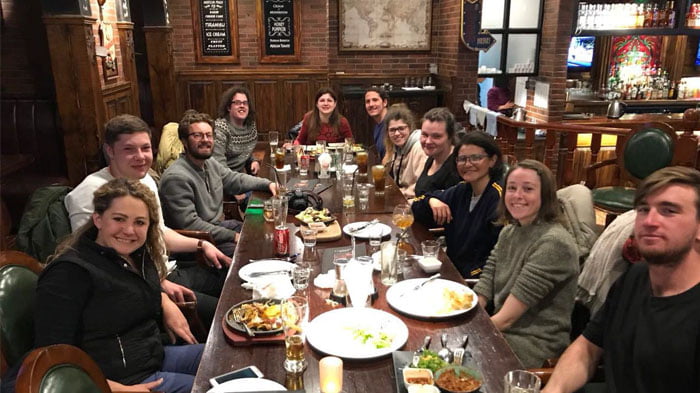
You will also have to pay for your own personal expenses, such as toothpaste, soaps, deodorants, etc, as well as any additional drinks and snacks that you wish to but for yourself and others. Additionally, anything you wish to buy as a gift or souvenir is part of your own personal expenses, and is not included in the cost of the tour.
Conclusion
The use of currency in Tibet is still much more prevalent than using credit and debit cards, and while you can get some cash advances on your cards, the locations for doing so are limited. It is always best to make sure you have enough cash to cover your entire trip before you depart from mainland China for Tibet, to save you the hassle of the Tibetan banking systems. And keep your currency to smaller bills, which are easier to use and more popular on the plateau.

